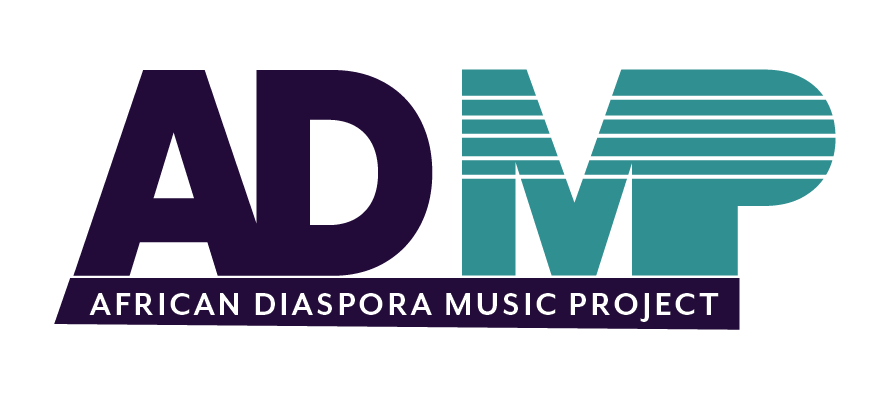Composers
William "Billy" Taylor
1921 - 2010About
Billy Taylor (1921 - 2010) was born in Greenville, N.C., on July 24, 1921, and grew up in Washington. His father, William, was a dentist; his mother, Antoinette, was a schoolteacher. He had his first piano lesson at 7 and later studied music at what is now Virginia State University. Shortly after moving to New York in 1943 — within two days of his arrival, he later recalled — he began working with the tenor saxophonist Ben Webster at the Three Deuces on 52nd Street, and he remained a fixture on that celebrated nightclub row for many years. In 1951 he formed his own trio, which was soon working at clubs like the Copacabana in New York and the London House in Chicago. Within a few years he was lecturing about jazz at music schools and writing articles about it for DownBeat, Saturday Review and other publications. He later had a long-running concert-lecture series at the Metropolitan Museum of Art. He also became one of the few jazz musicians to establish a successful separate career in radio and television. In 1958 he was the musical director of an NBC television show, “The Subject Is Jazz.” A year later the Harlem radio station WLIB hired him as a disc jockey; in 1962 he moved to WNEW, but he returned to WLIB in 1964 as both disc jockey and program director, and remained in those positions until 1969. He was later a founding partner of Inner City Broadcasting, which bought WLIB in 1971. Commercial radio became increasingly inhospitable to jazz in the 1960s, but Dr. Taylor found a home at National Public Radio, where he was a familiar voice for more than two decades, first as host of “Jazz Alive” in the late ’70s and most recently on “Billy Taylor’s Jazz at the Kennedy Center.” That series, on which he introduced live performances and interviewed the performers, made its debut in the fall of 1994 and remained in production until the fall of 2002. In 1968 Dr. Taylor was appointed to New York City’s new Cultural Council, along with Leonard Bernstein, Richard Rodgers and other prominent figures in the arts. He later held similar positions on both the state and federal level and until recently was an adviser to the Kennedy Center for the Performing Arts in Washington. In 1980 he was a member of an advisory panel that called for greater support for jazz from the National Endowment for the Arts. Many of the panel’s proposals were eventually enacted, and Dr. Taylor became a beneficiary of the endowment in 1988, when he received a $20,000 Jazz Masters award. He was also given a National Medal of Arts in 1992. Dr. Taylor wrote more than 300 compositions. They ranged in scope and style from “I Wish I Knew How It Would Feel to Be Free,” a simple 16-bar gospel tune written with Dick Dallas that became one of the unofficial anthems of the civil rights movement in the 1960s, to the ambitious “Suite for Jazz Piano and Orchestra” (1973). At the end of his career, Taylor was a distinguished Professor at East Carolina University.
Related Information
http://www.nytimes.com/2010/12/30/arts/music/30taylor.htmlWorks by William "Billy" Taylor
| Title | Collection | Voice Type | Range | Poet |
|---|---|---|---|---|
| I Wish I Knew How It Would Feel To Be Free | Voice | Eb4 - F5 | Billy Taylor and Dick Dallas | |
| Let us Make a Joyful Noise to the Lord | Voice | C4 - D5 | Billy Taylor |
| Title | Published | Size | Solo with Ensemble | Duration Range | Level | Orchestration |
|---|---|---|---|---|---|---|
| Let us Make a Joyful Noise | Yes | Full Orchestra | Jazz Trio (piano, drums, bass) | 20+ | Professional | |
| Peaceful Warrior | No | Full Orchestra + Chorus | Professional | SATB chorus; orchestra | ||
| Peaceful Warrior | No | Full orchestra and Chorus | Jazz Trio (piano, drums, bass) | 20+ | Professional | SATB chorus; orchestra |
| Somewhere Soon | No | Full Orchestra | Professional | |||
| Tell me Why | No | Full Orchestra | Professional | |||
| Theme and Variations | No | Full Orchestra | Professional |
